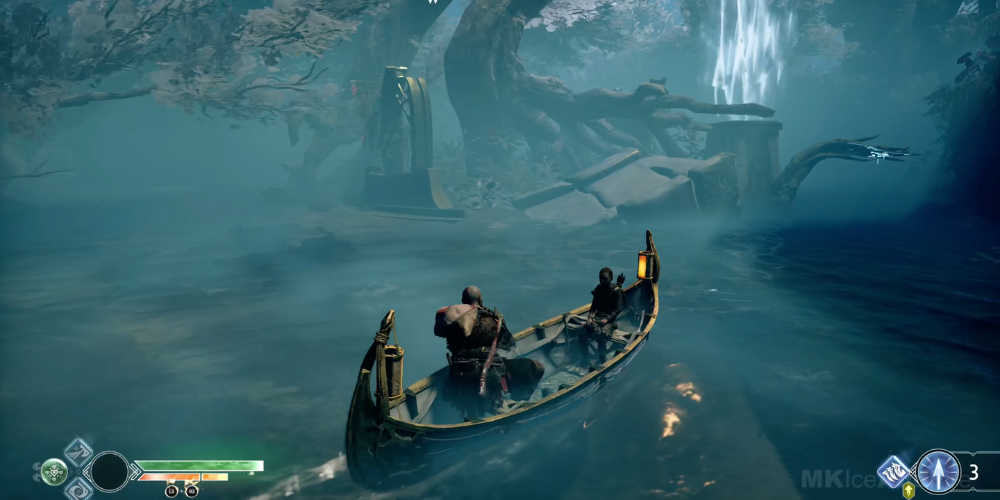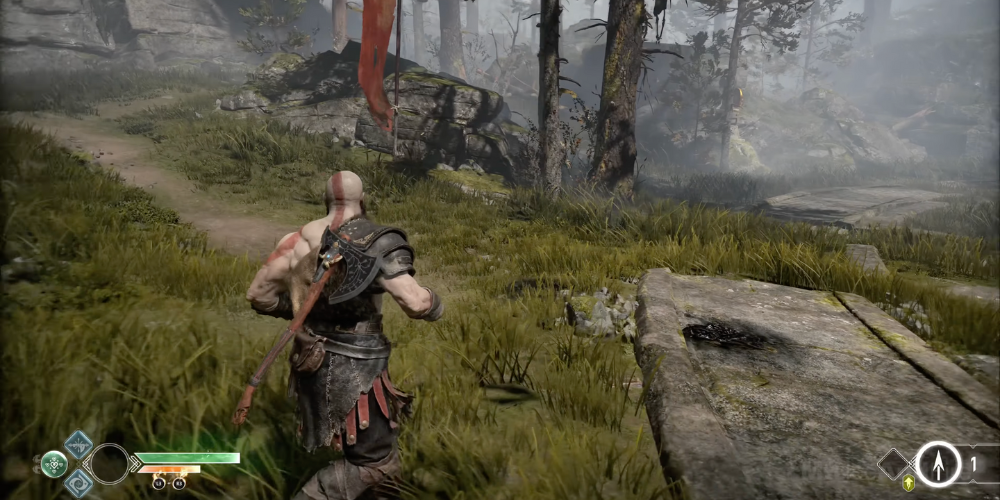The Evolution of Combat in God of War: Kratos Arsenal Explored

The God of War series, since its inception, has been synonymous with epic storytelling, breathtaking visuals, and, most notably, its evolution of combat mechanics. Kratos, the saga's protagonist, has journeyed through ancient mythologies, leaving a trail of destruction in his wake, enabled by his diverse and ever-evolving arsenal. This article delves into the depth of Kratos' weaponry, examining how each piece has shaped the combat experience in the God of War series.
Blades of Chaos: The Iconic Start
The Blades of Chaos are arguably the most iconic weapons in Kratos' arsenal, symbolizing his tortured past and unbreakable bond with the gods who betrayed him. First introduced in the original God of War, these chained blades allowed players to execute sweeping attacks, reaching multiple enemies at once. The evolution of these blades across the series has seen improvements in control, fluidity of movement, and integration into combo attacks, laying the foundation for the series' combat mechanics. Their ability to be upgraded with different magical attacks, such as summoning the army of Hades, added layers of strategy to the combat.
Blade of Olympus: The Godly Might
In God of War II, the Blade of Olympus was introduced as a weapon so powerful that it could defeat Titans and gods alike. This weapon shifted the dynamics of combat significantly, offering heavy, slow, but incredibly powerful attacks that could decimate foes. Unlike the Blades of Chaos, the Blade of Olympus was used selectively, reserved for moments in battle when Kratos needed to unleash his full godly wrath. Its inclusion highlighted a departure from rapid, chaotic combat to moments of strategic, powerful strikes.
Leviathan Axe: A New Era

With the series' soft reboot in God of War (2018), Kratos' weaponry saw a paradigm shift. The Leviathan Axe replaced the familiar chaos blades as the primary weapon. This represented not just a shift in setting to the Norse mythology but also a fundamental change in combat dynamics. The Leviathan Axe introduced mechanics like throwing and recalling the axe, which added a thrilling layer of strategy to encounters. Its frost-based magical abilities could slow enemies and create new combat scenarios that leveraged the environment. The introduction of the axe marked a significant evolution in the series' combat, focusing on precision, strategy, and timed attacks.
Atreus and His Bow: The Companion's Arsenal
In God of War (2018), Atreus, Kratos' son, becomes an integral part of combat with his bow, Talon. This addition introduced a duo combat system where Atreus' arrows could stun enemies, provide distractions, or trigger environmental interactions. His role in combat evolved throughout the game; his abilities expanded, reflecting growth in both character and gameplay. Integrating Atreus and his bow into Kratos' combat style offered a refreshing dynamic, emphasizing teamwork and tactical planning over brute force.
Fists and Shield: The Spartan's Bare Hands

Though Kratos' blades and axe are central to his character, his Spartan roots are best represented by his use of fists and shields. Throughout the series, bare-handed combat has been an option, often used to finish enemies in a visceral manner. In the latest God of War, this aspect was significantly expanded. The shield, named the Guardian Shield, wasn't just for defense but became a potent offensive tool. This form of combat emphasized Kratos' raw power and agility, offering a break from weapon-based combat and adding variety to the gameplay.
Runic Attacks: The Magic of Norse Gods
Introduced in the newer God of War series, Runic attacks significantly expanded Kratos' combat abilities, allowing him to harness the magic of Norse mythology. These special attacks, which could be slotted into the Leviathan Axe and later weapons, offered a wide variety of tactical options, from area-of-effect attacks to focused elemental assaults. This system added depth to the series' combat, encouraging players to mix and match different runic attacks to suit their playstyle and the challenges they faced.
The Chaos Flames and Frozen Flames: Upgrading the Arsenal

Continuing the tradition of empowering Kratos through his journey, the God of War series introduced the concepts of Chaos Flames and Frozen Flames. These rare items allowed for the upgrading of the Blades of Chaos and Leviathan Axe, not just improving their damage but also unlocking new moves and combo potential. This upgrade path added a layer of progression that kept the combat fresh and rewarding, as players could continually refine their approach to battles.
Conclusion: The Evolving Art of War
The God of War series has continually reinvented its combat system, keeping the gameplay experience exciting and engaging. From the chained devastation of the Blades of Chaos to the precise strikes of the Leviathan Axe, Kratos' arsenal reflects his journey through the realms of myth. With each entry, the series has introduced new weapons, abilities, and tactics, ensuring that the art of combat remains at the heart of the God of War experience.
As we look forward to future installments, it's clear that the evolution of Kratos' arsenal will continue to shape the series' identity. The integration of new mythologies, characters, and stories provides endless possibilities for expanding this intricate combat system. The God of War series stands as a testament to the compelling blend of storytelling and combat, highlighting how each weapon in Kratos' hands is not just a tool of destruction, but a key to unravelling the rich tapestry of ancient myths and legends.






